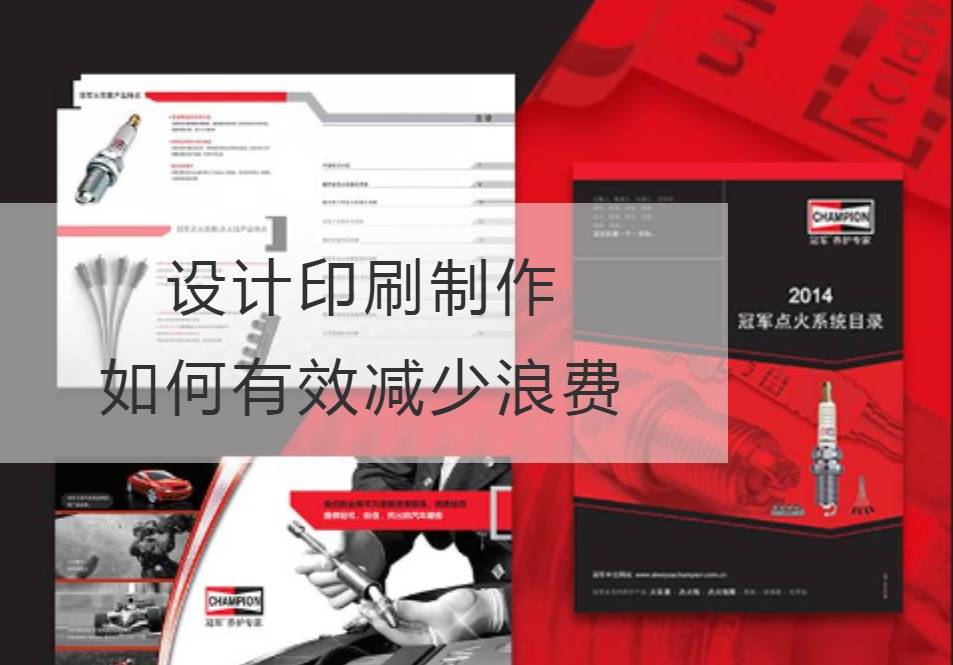Design, printing and production: How to effectively reduce waste
With the development of digital technology, design and printing have become an indispensable part of modern society. However, in the era of increasing emphasis on environmental protection and resource conservation, we should think about how to effectively reduce waste in the process of design, printing and production in order to achieve the goal of sustainable development. This article will introduce some practical ways to reduce waste to help you design and print more environmentally friendly.
First, we can start with the design phase. During the design process, be careful not to use too many colors, patterns, and text. The clean design not only enhances the aesthetics of the work, but also reduces color waste in the printing process. At the same time, the paper type should be selected reasonably. Different kinds of paper have different requirements for different patterns and printing effects. Choosing paper correctly not only improves print quality, but also avoids wasting resources. In addition, using electronic design tools to make sketches and samples can avoid the waste of physical paper.

Second, we need to focus on the printing process. When selecting the printing mode, you should select it according to the requirements of different projects. For example, if the design case is small and needs to be completed quickly, you can choose digital printing. However, if a large amount of printing is required, conventional offset printing is more suitable because it is more efficient and less costly. In addition, ensure that the commissioning and maintenance of the printing press is paid sufficient attention to reduce waste due to improper operation. In the printing process, each test printing will lead to a certain amount of paper waste. Therefore, the number of test printing should be reasonably arranged to avoid unnecessary loss.
Furthermore, we need to optimize the print layout. In the process of design printing, many design works are printed at the same time. To reduce waste, we can put multiple pieces on a piece of paper in a reasonable layout for printing. This not only reduces the amount of printing paper used, but also improves printing efficiency. In addition, the proper use of bleeding and margins can avoid the waste of paper due to improper design.
In addition, we can consider post-print reuse. The waste paper produced in design and printing can be recycled as waste. By recycling, the waste paper can be reprocessed and reused, and the consumption of resources can be reduced. At the same time, the waste materials and surplus articles produced in the design and printing process can be recycled and reused to achieve the goal of zero waste.
Anyway,Design, printing and productionWaste in not only adversely affects the environment, but also increases the cost of the business. Therefore, we should take effective measures to reduce waste and promote the design and printing industry to more environmental protection and sustainable development. By focusing on simplicity in design,reasonably choosing printing mode,optimizing printing layout and recycling waste paper,we can effectively reduce waste,protect environment and reduce cost on the road of sustainable development,and realize the goal of social win-win. Let us work together to contribute to a sustainable future.
Recommended Reading:



